In this article, let us brief about the FTA (Free Trade Agreement). Especially how to use FTA when you trade with a company located in Japan.

FTA is an abbreviation for Free Trade Agreement. FTAs are bilateral or multilateral agreements that aim to accelerate trade and investment through the elimination of tariffs. In Japan, the term EPA (Economic Partnership Agreement) is often used as a synonym, but from the perspective of eliminating tariffs, FTA and EPA are the almost same thing. Currently, as of January 2022, there are 20 FTAs available in Japan. Since 2000, the Japanese government has been very active in increasing the number of partner countries. Recently, there has been a rise in the number of mega FTAs with huge economic regions such as RCEP, TPP11, and EU-Japan.

The merit of an FTA is straightforward, it is the reduction of tariffs. If you do not use an FTA, you will have to pay tariffs based on the WTO tariff rate in most cases. Not for all products but basically, if you use an FTA, you will be able to import with a lower tariff rate.
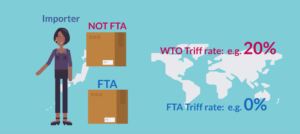
In order to use FTA, the imported goods must be "Originating Goods". People often misunderstand that if a product is marked "Made in country’s name", it can be treated as "originating goods". Actually, “Made in”, does not mean the goods are originating products. Whether the goods are originating or not is determined by the “Rule of origin” which is speculated in each FTA agreement. Also, please bear in mind that the “Rule of origin” varies depending on the HS code. This specific rule set in individual HS code is called “Product-Specific Rule (PSR)”.
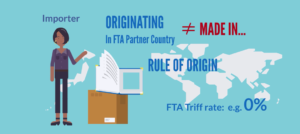
So what steps are required to use FTA? The first action is to check the HS code of the export goods. Using this HS code, the next action is to check the WTO tariff rate and FTA preferential rate when using FTA. If you can confirm that there is an advantage when you use FTA, then the third step is to check the “Product-Specific Rule (PSR)” to see whether the product can be originating goods or not.
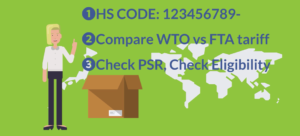
If you can confirm that the product can be considered an originating product, the final step is to prepare a Certificate of Origin. In each country, there is a certain authority to issue the Certificate of Origin. For instance, in Japan, the Certificate of Origin is issued by the Japan Chamber of Commerce (JCCI). Some FTAs allow the exporter or importer to prepare the certificating document by him/herself.
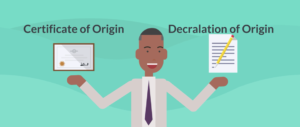
Once ready for the documentation, the exporter sends the Certificate of Origin to the importer and the logistics provider who will manage import clearance. And requesting the clearing agent to proceed with import clearance by using FTA.
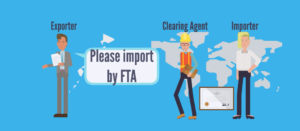
For more information, please feel free to contact us as we can support all the necessary preparation to use FTA for your trading business.

YouTube - What is FTA (Free Trade Agreement)? How to use FTA in Japan to minimize tariff costs

